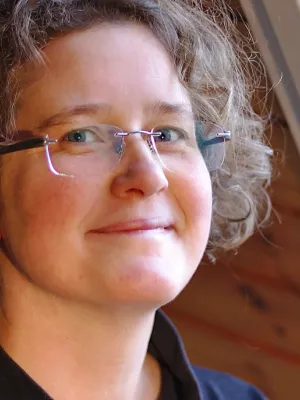
Ullrika Sahlin
Universitetslektor

PLS-Optimal: A Stepwise D-Optimal Design Based on Latent Variables
Författare
Summary, in English
Several applications, such as risk assessment within REACH or drug discovery, require reliable methods for the design of experiments and efficient testing strategies. Keeping the number of experiments as low as possible is important from both a financial and an ethical point of view, as exhaustive testing of compounds requires significant financial resources and animal lives. With a large initial set of compounds, experimental design techniques can be used to select a representative subset for testing. Once measured, these compounds can be used to develop quantitative structure activity relationship models to predict properties of the remaining compounds. This reduces the required resources and time. D-Optimal design is frequently used to select an optimal set of compounds by analyzing data variance. We developed a new sequential approach to apply a D-Optimal design to latent variables derived from a partial least squares (PLS) model instead of principal components. The stepwise procedure selects a new set of molecules to be measured after each previous measurement cycle. We show that application of the D-Optimal selection generates models with a significantly improved performance on four different data sets with end points relevant for REACH. Compared to those derived from principal components, PLS models derived from the selection on latent variables had a lower root-mean-square error and a higher Q2 and R2. This improvement is statistically significant, especially for the small number of compounds selected.
Publiceringsår
2012
Språk
Engelska
Sidor
975-983
Publikation/Tidskrift/Serie
Journal of Chemical Information and Modeling
Volym
52
Issue
4
Dokumenttyp
Artikel i tidskrift
Förlag
The American Chemical Society (ACS)
Ämne
- Earth and Related Environmental Sciences
Status
Published
ISBN/ISSN/Övrigt
- ISSN: 1549-960X